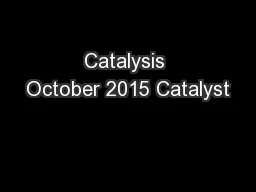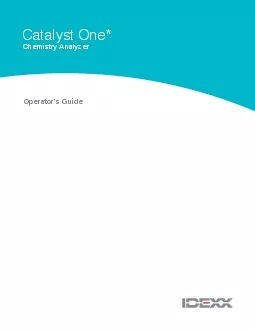PPT-Do now Grab your catalyst sheet from the front
Author : min-jolicoeur | Published Date : 2018-03-14
Clear your desk except for the Catalyst sheet Write todays date 090810 next to Wednesday When the bell rings answer the Catalyst questions Catalyst 3 Minutes How
Presentation Embed Code
Download Presentation
Download Presentation The PPT/PDF document "Do now Grab your catalyst sheet from the..." is the property of its rightful owner. Permission is granted to download and print the materials on this website for personal, non-commercial use only, and to display it on your personal computer provided you do not modify the materials and that you retain all copyright notices contained in the materials. By downloading content from our website, you accept the terms of this agreement.
Do now Grab your catalyst sheet from the front: Transcript
Download Rules Of Document
"Do now Grab your catalyst sheet from the front"The content belongs to its owner. You may download and print it for personal use, without modification, and keep all copyright notices. By downloading, you agree to these terms.
Related Documents














